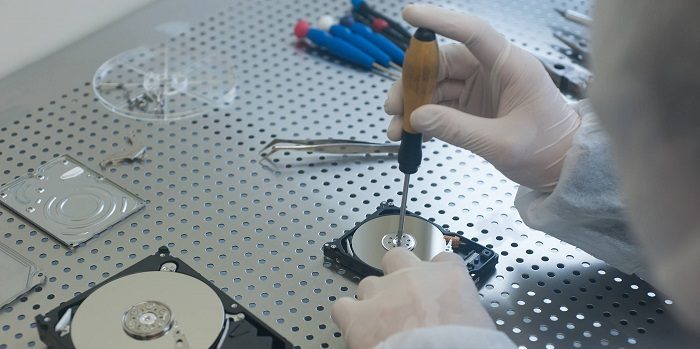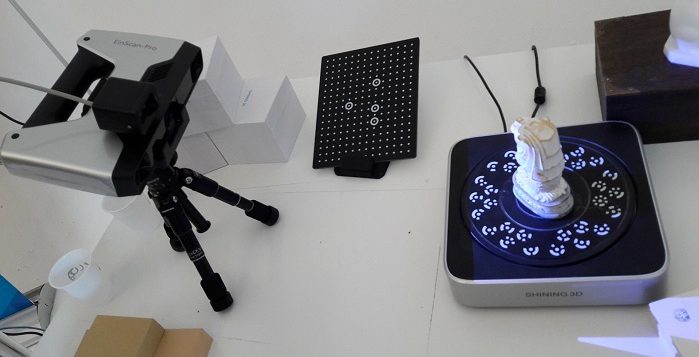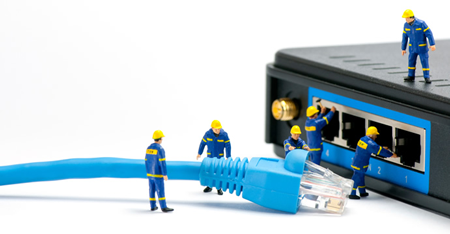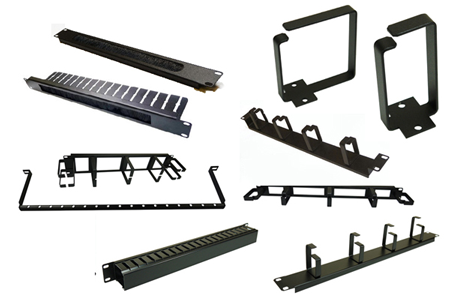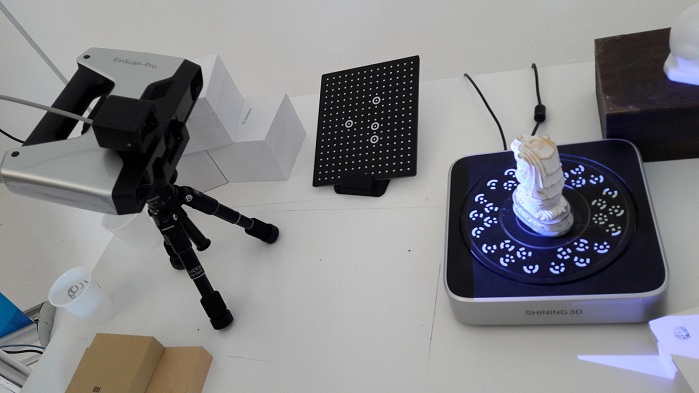
When it comes to designing products, the invention of 3D technologies has opened a range of new possibilities. 3D scanner devices, in particular, offer many benefits for product development. And while the process of 3D scanning was difficult a few years ago, today the situation has improved a lot. With the range of 3D scanners available on the market today, it has become so easy that even beginners can properly use 3D scanning technologies.
If you are considering investing in a scanner 3d device, there are some steps you will need to follow in order to find the right hardware for your application. They include the following.
Accuracy
Accuracy is probably the most important feature of a 3D scanner as it is what ensures reliable measurements and usable data. Choosing a scanner 3d device that offers good accuracy will allow you to achieve a perfect design fit, without the need for iterations, thus saving you time and money.
Resolution
This is the measurement of the smallest increment that a scanner can detect. Some tend to confuse resolution with accuracy, but just because a system is accurate, it doesn’t mean it will capture small features. So a good scanner also needs to have great resolution.
Speed
The speed of a scanner is a combination of frame rate, data acquisition, processing rate and quality of algorithms. In many scanners, their speed is described in points per second or measurements per second. Points per second can be an issue for the user, as it leaves everything, except the acquisition, up to the computer’s processor. This results in more time required to process between each step, meaning you will need a powerful computer to accompany the scanning hardware. This will add time and money to the bottom line.
Ease of Use
Although most 3D scanning technology vendors offer training classes, this doesn’t account for the time necessary to become proficient enough to see a return on your investment. So, make sure the scanner you choose is easy to use. Some models are plug-in-play and resilient while others are fine-tuned devices that are affected by many factors which affect your results. Pay special attention to this feature.
Versatility
To understand the versatility of a 3D scanner you first need to consider your application. With each application come different challenges such as size, shape, colour, angles and location, all of which a scanner needs to traverse. To find out how versatile a scanner is, consider the size of your parts, if you will need to capture internal cavities and if the device will be used at the customer’s location or at your factory.


